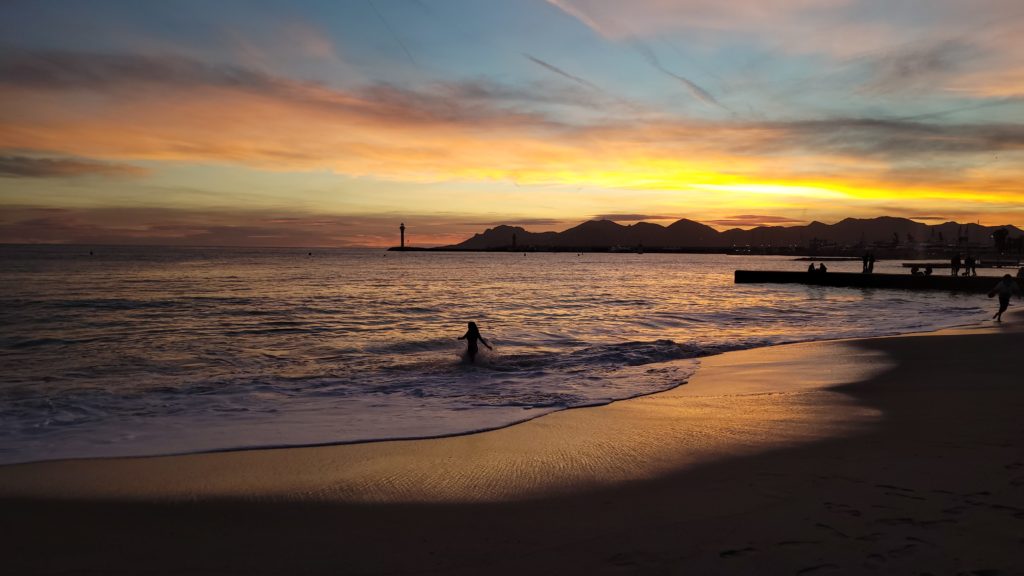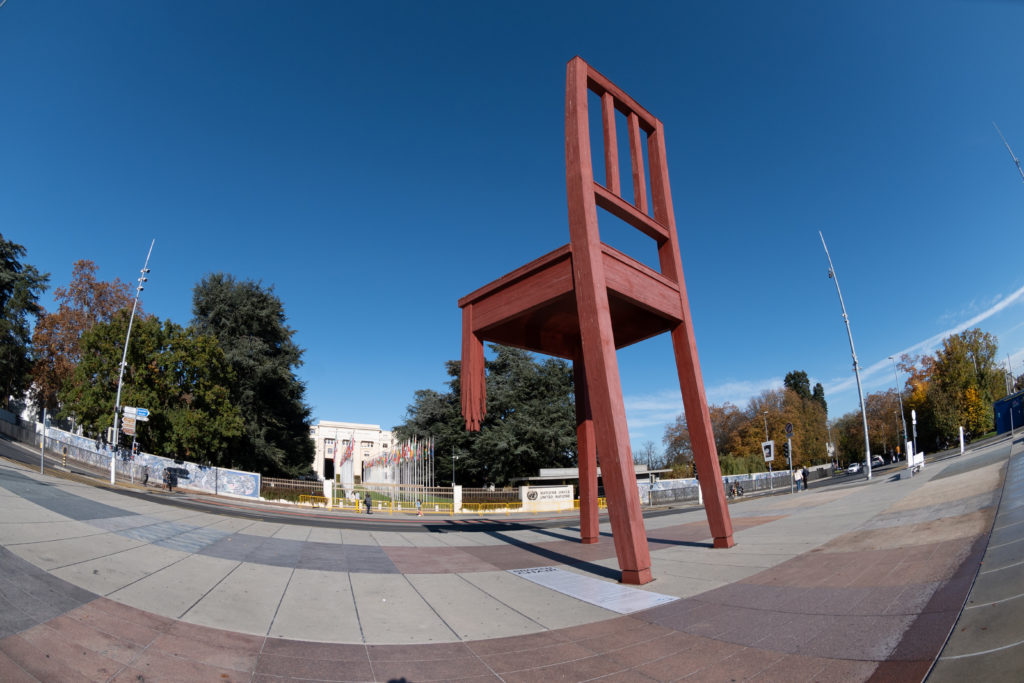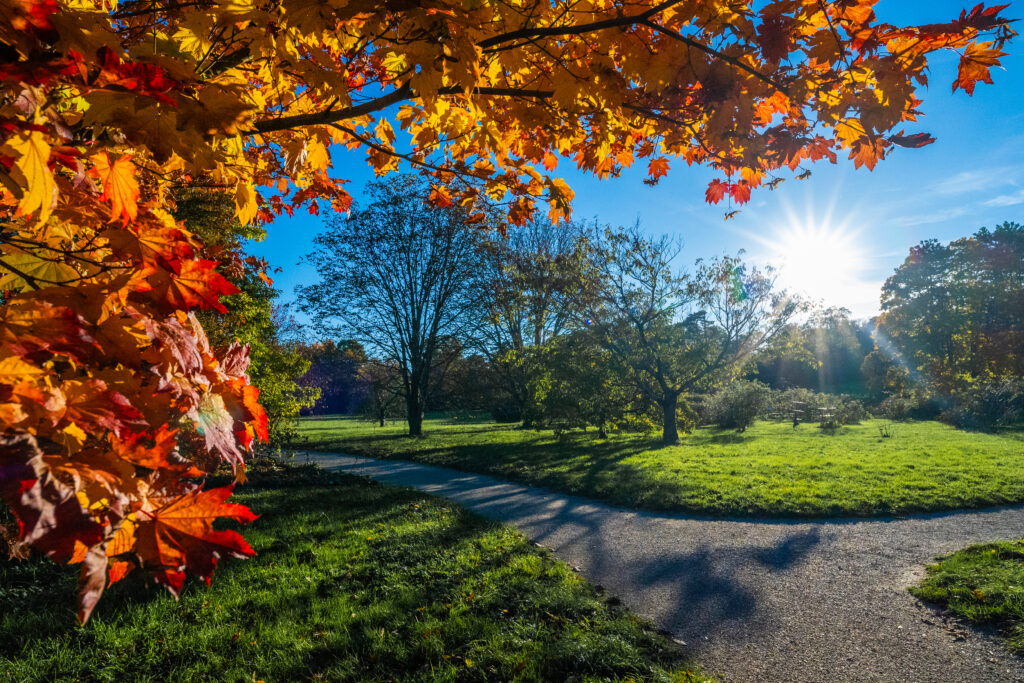I have written an article in June 2022 about the same topic, and it is time to update it.
Why shoot RAW + JPEG ?
This question has been answered countless times (see sources below). But as a summary, I believe there are different kind of photographers who shoot RAW + JPEG :
- Those who don’t have the choice: with some devices, the .dng files don’t embed JPEG previews but side JPEG files
- Those who mostly shoot RAW but need JPEG to quickly share their work before post-processing the RAW files
- Those who mostly shoot JPEG but want to occasionally post-process some images using RAW files
- Those who will almost always post-process the RAW files but need to also keep a JPEG, for different reasons: e.g. using JPEG as a “natural reference” for the post-process, or because they are nicer than the neutral RAW preview in most software in the image gallery of their photo management software.
Keep in mind that a photographer needs RAW file mainly to:
- Take advantage of a higher dynamic,
- Enjoy more capabilities in noise management,
- Fix or adjust the white balance like needed.
Examples


The Pain
It depends on the categories of photographer you belong to:
- Those who don’t have the choice: with some devices, the .dng files don’t embed JPEG previews but side JPEG files
In this case, you want to discard of JPEG files after each shoot. It is not complicated, fair enough. But delete all JPEG files after each shoot is adding one step to your process. I also know storage is cheap, but less is more. I don’t see the point keeping useless files.
- Those who mostly shoot RAW but need JPEG to quickly share their work before post-processing the RAW files
There are actually two sub-categories to this one: either you want to share the JPEG frequently. In that case, you will need to keep all the JPEG. Or you want to share the JPEG only when they are “acceptable”. In this case, you must choose for each JPEG what to do: cull it and post-process at least a little bit the RAW before sharing it. Or share the JPEG like it is or after a minor post-processing step.
- Those who mostly shoot JPEG but want to occasionally post-process some images using RAW files
You don’t need to keep all RAW files, just those needed. Again, you can save all of them. But is it relevant? Keeping all RAW means bigger catalogues (in Lightroom), more files to browse and even if not so expensive, the costs to save them somewhere on HDD/SDD or on the cloud.
- Those who will almost always post-process the RAW files but need to also keep a JPEG
In the culling process, it means keep both or discard both. With the automation of the photo culling, it means a software managing both accordingly.
It would be cool to automate the process, whatever your choice. And that’s what my company, Camera Futura, has been working at through the automation of the culling for specifically RAW + JPEG Shooters.
Automation of the culling for RAW+JPEG shooters
Automation of the culling process means moving in a dedicated directory all files you don’t want to process but keep them in case of.
For some cases described above, it is not difficult as it means move all, none or always move them together. But for some cases, you need to evaluate whether the RAW file is needed, or say it differently, if the JPEG can be qualified as “acceptable” as it is with minor or no post-processing applied.
Artificial Intelligence (AI) can be very helpful for these cases. Because otherwise, the culling process means decide whether “I will need the RAW or not really”.
AI can analyse each image and decide:
- Whether RAW file dynamics is needed,
- Whether noise level requires RAW file,
- If the white balance requires adjustments.
The last one looks challenging, right? But if you think about it, it is not impossible at all when you know how AI works. If you train the model with dozens of thousands of images, it can learn which image is very likely to have the white balance to be adjusted and which one does not. And remember, user can always decide to supersede a decision taken by AI if it does not like it . If this is very rare, there will be real added value to automate this process.
What matters is whether the decision makes sense really most of the time to help you during the culling process.
In action
This rationale has been implemented into the software Futura Photo to help people culling RAW + JPEG files very quickly. The app will define a score for the image given its noise level, contrast / dynamic range and white balance and will decide whether the RAW file is needed or if the JPEG will suffice for the post-process. The model can “score” an image and decide whether RAW file is likely to be needed.
The user will also decide which scenario works the best from these four:
- Those who don’t have the choice: with some devices, the .dng files don’t embed JPEG previews but side JPEG files
- Those who mostly shoot RAW but need JPEG to quickly share their work before post-processing the RAW files
- Those who mostly shoot JPEG but want to occasionally post-process some images using RAW files
- Those who will almost always post-process the RAW files but need to also keep a JPEG
You can try it yourself for free by downloading a community edition of Futura Photo.
And if you have no more than 5 minutes, you can have a look at this video:
Disclaimer
I am the founder of Camera Futura, the company behind Futura Photo
